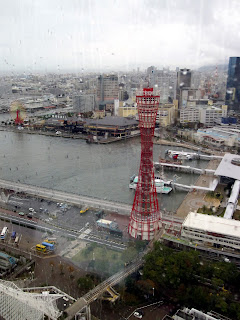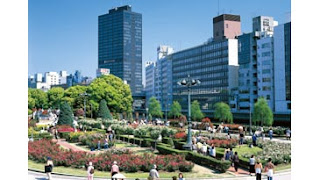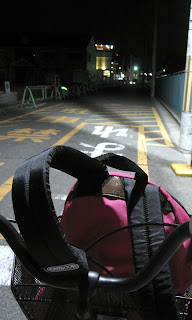As the end of my exchange experiences nears, I find myself reminiscing more and more every day. I’ve learned a lot about Japanese and Japanese culture while studying at Kansai Gaidai. I knew being submersed into the Japanese culture 24/7 would be beneficial to my language studies, but I didn’t realize the shock I would take due to the differences between Japanese and Canadian culture.
[Kansai Gaidai]
My family is Chinese, and I’ve actually travelled to Japan several times before coming to Kansai Gaidai so I never thought I would be a victim of culture shock. Thinking back, I feel like I can relate many of my experiences to the articles we read in Visual Anthropology. The most relevant article is Befu’s Ethnography of Dinner Entertainment in Japan. I found it shocking when my Japanese friend invited me over for dinner, but when I arrived I realized the invitation was only out of kindness and in reality they probably didn’t want me there. I realized this when the two girls I was with at the time spent the entire night gossiping about people I didn’t know.
Befu made me realize that I was a victim of collusion; the idea of saying one thing but doing something else. I want to think on a culturally relative level but can’t help but be ethnocentric. Why can’t Japanese people just express what they feel? I talked to my Japanese roommate about this issue and realized that to her westerns are selfish. To my mind, I feel like Japanese people aren’t selfish enough. If the two girls didn’t want me at the dinner, they shouldn’t have invited me in the first place.
With this in mind, I start to question if I can ever make a true Japanese friend. By “true” I mean someone that isn’t afraid to tell me what they feel and what they want. When I wrote my first post, I only looked at the surface of Japan [pachinko, ferries wheels, ect.]. Now that my exchange is coming to an end, I’ve realized the complexity of Japanese people and they’re way of thinking. I wish I had more time to explore these discoveries.
[Japan]




















